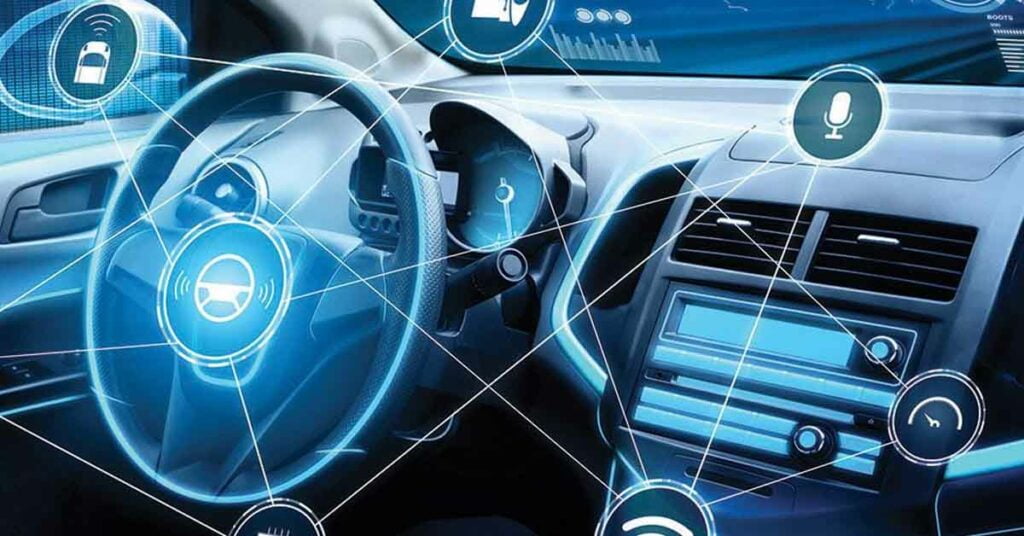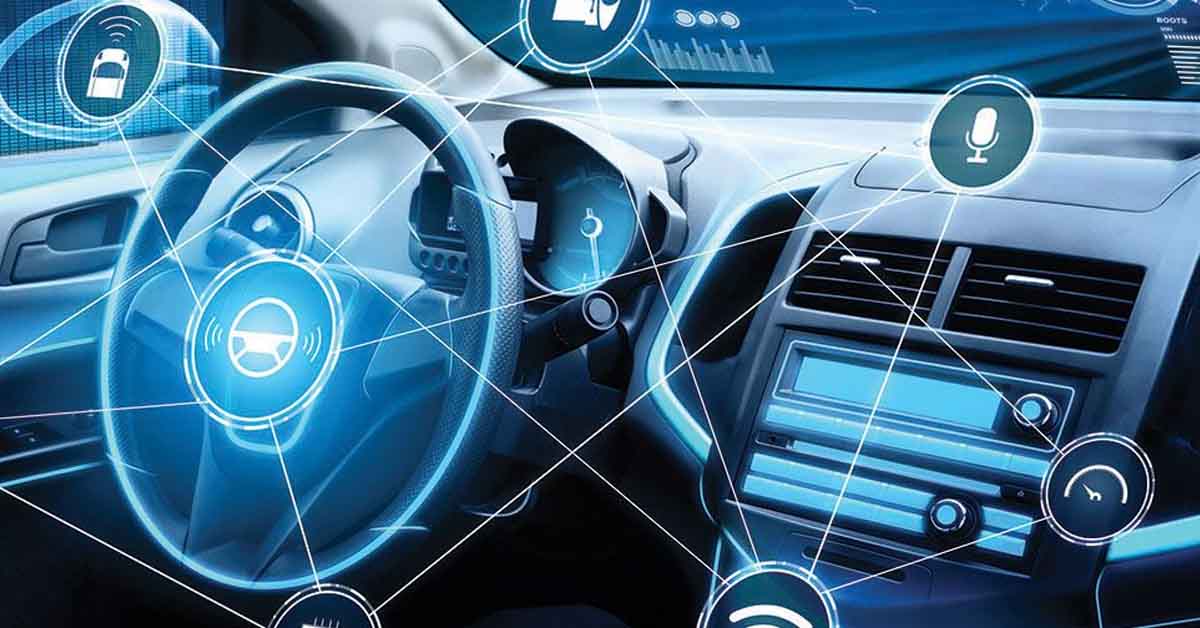ADAS functions have started becoming more and more common with the mid-size SUV segment vehicles. The upcoming Hyundai Creta and Seltos might feature some of these.
Luxury features trickle down to the mass market products with time and these prominent functions of the ADAS technology are no exceptions. MG was one of the first carmakers to offer ADAS features in its premium full-size SUV, the Gloster a couple of years ago. However, with its latest mid-size SUV, the Astor, it has transformed the segment and posed a serious challenge to the likes of Hyundai Creta and Kia Seltos. The Koreans will have to offer these functions with the updated versions of the Creta and Seltos that are due for a facelift this year. Let us discuss a few of the most prominent features of ADAS technology.
You may also like: Hyundai Creta & Alcazar Facelift to Get XUV700-like ADAS – SCOOP

You may also like: What Is Turbo Lag and Why Is It Relevant In Modern Cars
Prominent Functions of ADAS Technology
Essentially, ADAS (Advanced Driving Assistance System) includes the usage of electronics in a vehicle to aid the driver by reducing the burden off him/her. We have seen a ton of road accidents that could easily have been avoided had the driver responded on time. These functions could react in a fraction of seconds and initiate corrective measures even before the driver could process the situation. Here are these popular features.
Automatic Emergency Braking: As the name suggests, this function applies the brakes autonomously if it assesses the need for it and finds the driver unresponsive. The sensors installed at the front, side and rear of the car collect real-time data regarding the car’s surroundings. As soon as they detect an obstacle, they alert the driver. If the driver doesn’t respond on time, the electronics will apply the brakes to bring the car to a standstill.
Lane Keep Assist/Lane Departure Warning: This function reads out the lane markings on the road using radar and sensors and warns the driver if he is crossing the lane. The electronics will automatically steer the car towards the centre of the lane. Similarly, if the driver wants to overtake and cross the lane, it will give a warning sign if there is a car in the adjacent lane.
Adaptive Cruise Control: It is essentially a bit more advanced and sophisticated version of the regular cruise control found on other cars. Here, the car will automatically maintain a certain speed despite the traffic in the front accelerating or braking. The vehicle is capable of reducing speed or accelerating autonomously without the need for humans to interfere.
Driver Drowsiness Detection: The cars keep track of the driver’s vitals like tilt angle of the head, eyes movement, etc to detect if he/she is falling asleep on the steering wheel. If the system detects that, it will ring an alarm to wake up the driver. In some cars, they might be certain feedback on the steering wheel to make the driver attentive. If there is no response from the driver, the car would come to a halt on its own.
You may also like: Pros and Cons of Having Oversize Wheels & Tires
You may also like: MG Gloster Spied With Full Camo, Petrol Model in The Works?
These are some of the key functions that enhance the safety aspect of the car. There are many functions as a part of ADAS technology that are offered depending on the carmaker. But these are the most prominent ones.


